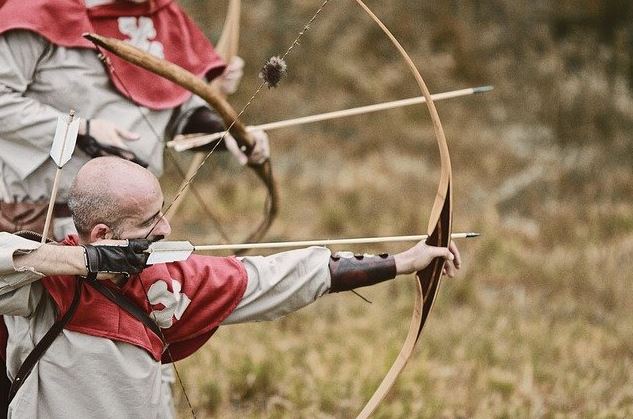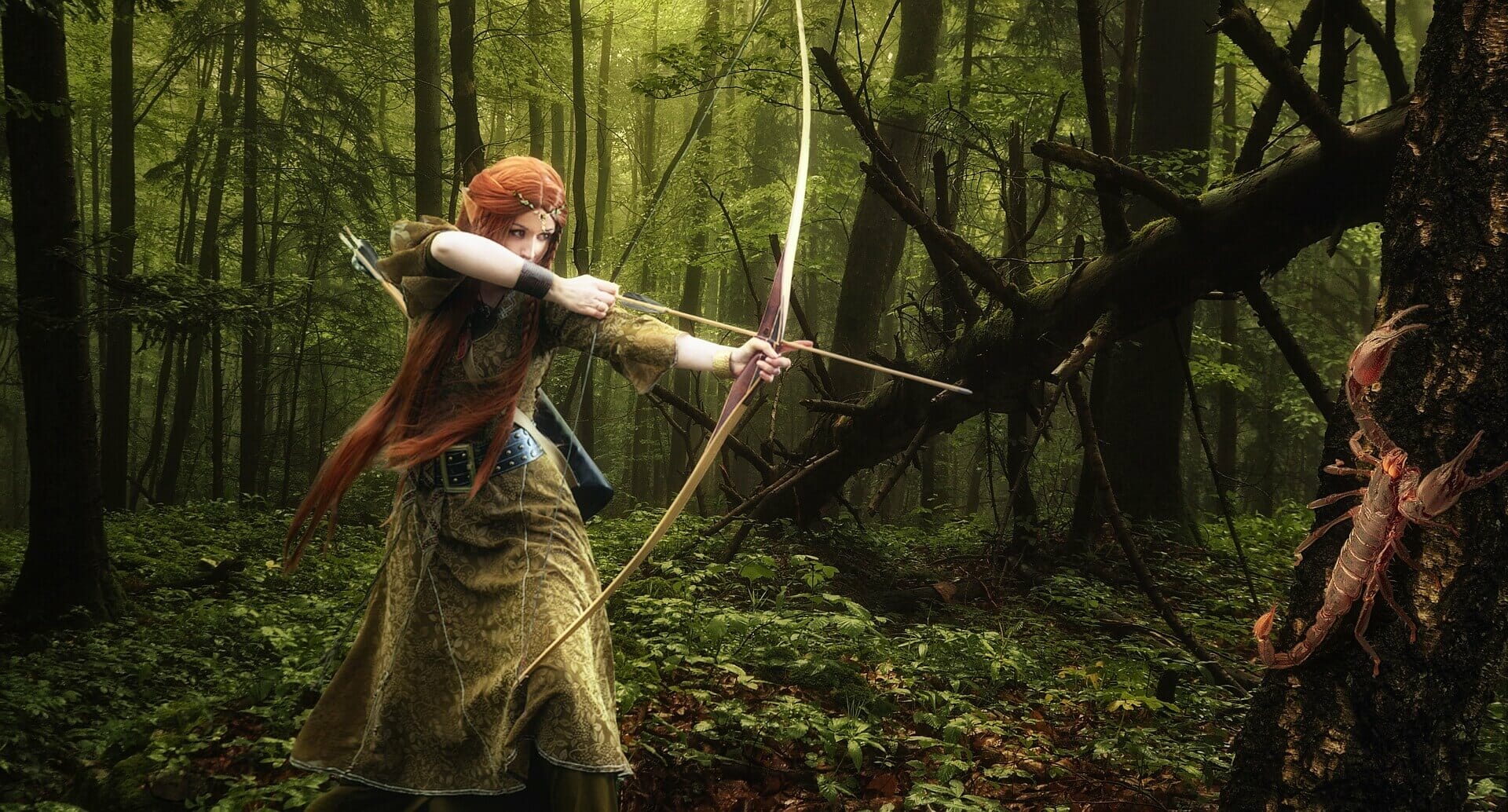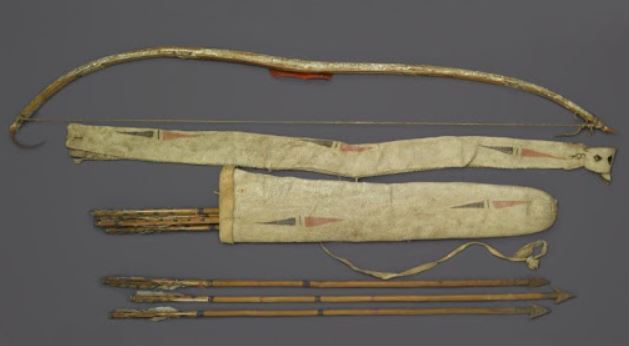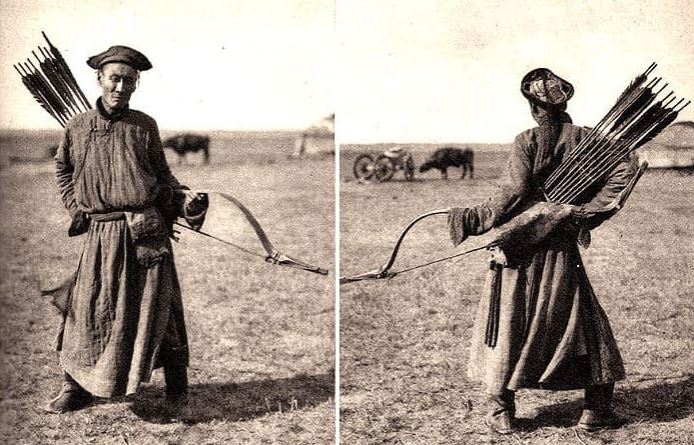Archery is one of the oldest and most-effective hunting methods known to humankind. The success of archery has always rested in the arrow’s craftsmanship. History tells us that sharpened-bone arrowheads date back as far as 60,000 years, while simple wooden arrows might go back even further.
The first arrows were ideal for hunters because they were easy to make and much lighter to carry around than spears. Today on Archery Edge, we will be diving deep into archery in medieval era vs. the modern era.
Archery in the Medieval Era
In the medieval era, humans primarily used archery for survival. The bow and arrow gave humans an edge over the speed of animals and made hunting more convenient. Although archers in those days were highly skilled, they didn’t use the bow and arrow for sport like we do today.

It was hard to kill enemies through archery during short-range combat, but it was an excellent tool for long-range attacks. People used this to their advantage in war, and the bow and arrow became a key player in battles.
With the evolution of time, the bow and arrows’ purpose wholly changed. But that doesn’t mean the influence of the past is completely forgotten.
Archery in the Modern Era
Today, we use the bow and arrow for sports activities, hunting games, and recreational purposes. The archery equipment we use today gives us a mechanically designed advantage that makes it much easier to draw and shoot the arrow quite accurately.
Technology allows present-day arrows to travel much faster than they would with traditional bows used in medieval times. Then, the arrow energy came directly from handcrafted longbows, which were hard to pull.
Although bows and arrows have changed, the basics of archery haven’t. We still draw, aim, and shoot. Plus, it is still more challenging to hunt with a bow and arrow than a gun. Technology might have improved the bow and arrow, but the archer’s success is still dependent on skill.

Making Arrows in Ancient Times

In ancient times, there wasn’t machinery or factories to make arrows. People had to craft arrows by hand. Due to limited tools and technology, making one arrow took much longer than it does today. When knights used arrows in battle, a skilled archer could fire about 10 arrows per minute. So, if a battle took place, an archer needed a whole lot of arrows.
Mass-Producing Arrows in Medieval Times
Like most arrows today, arrows in the past consisted of shafts, arrowheads, and a nock at the back with flinching. A different person made each part, and because it was a timely process, the arrows lacked quality. However, the arrows didn’t need to be crafted perfectly because armies mostly used them for volley attacks.
Medieval armies had arrowsmiths who made the arrows. These men, also known as fletchers, continuously worked to ensure that they produced enough arrows for combat. If you were a decent fletcher, you could make about 100 arrows per day. It’s almost unimaginable how many fletchers each army had to use to produce thousands of arrows.
Recycling Arrows
Winning a battle in ancient times would give the army the advantage of claiming armor and weapons of the defeated side, which could come in handy in future battles. But during a battle, there was always a chance that your army would run out of ammunition.
Armies found a way to combat the problem by recycling. They used young men who couldn’t take part in the battle and gave them the task of gathering arrows from the battlefield. The young men, known as arrow boys, had a risky job, as they were unarmed and an open target to the enemy.
Evolution of the Arrow
In 1939, James Easton manufactured the first aluminum arrow. His idea started a revolution in the arrow-developing sector, and soon after, people started experimenting with different methods and materials for arrow development.

Today, you can still find arrows made of wood and aluminum, but other materials including carbon and fiberglass are also used. Historically, fletching was made of turkey-wing feathers, but today we use plastic, vinyl vanes, and other materials to give the arrow speed.
With various arrows available, it is easy to forget that people with minimal resources handcrafted arrows vital to their survival.

